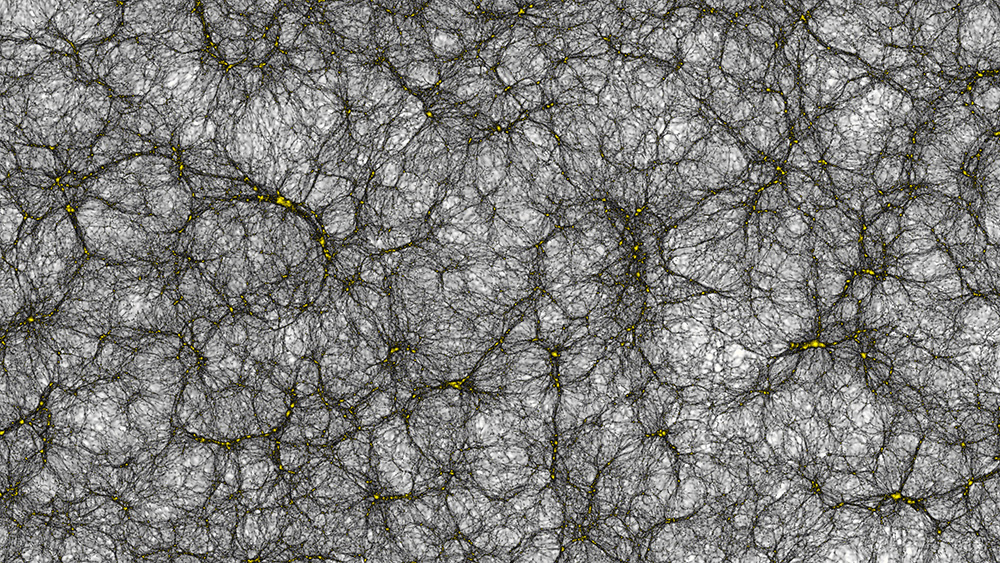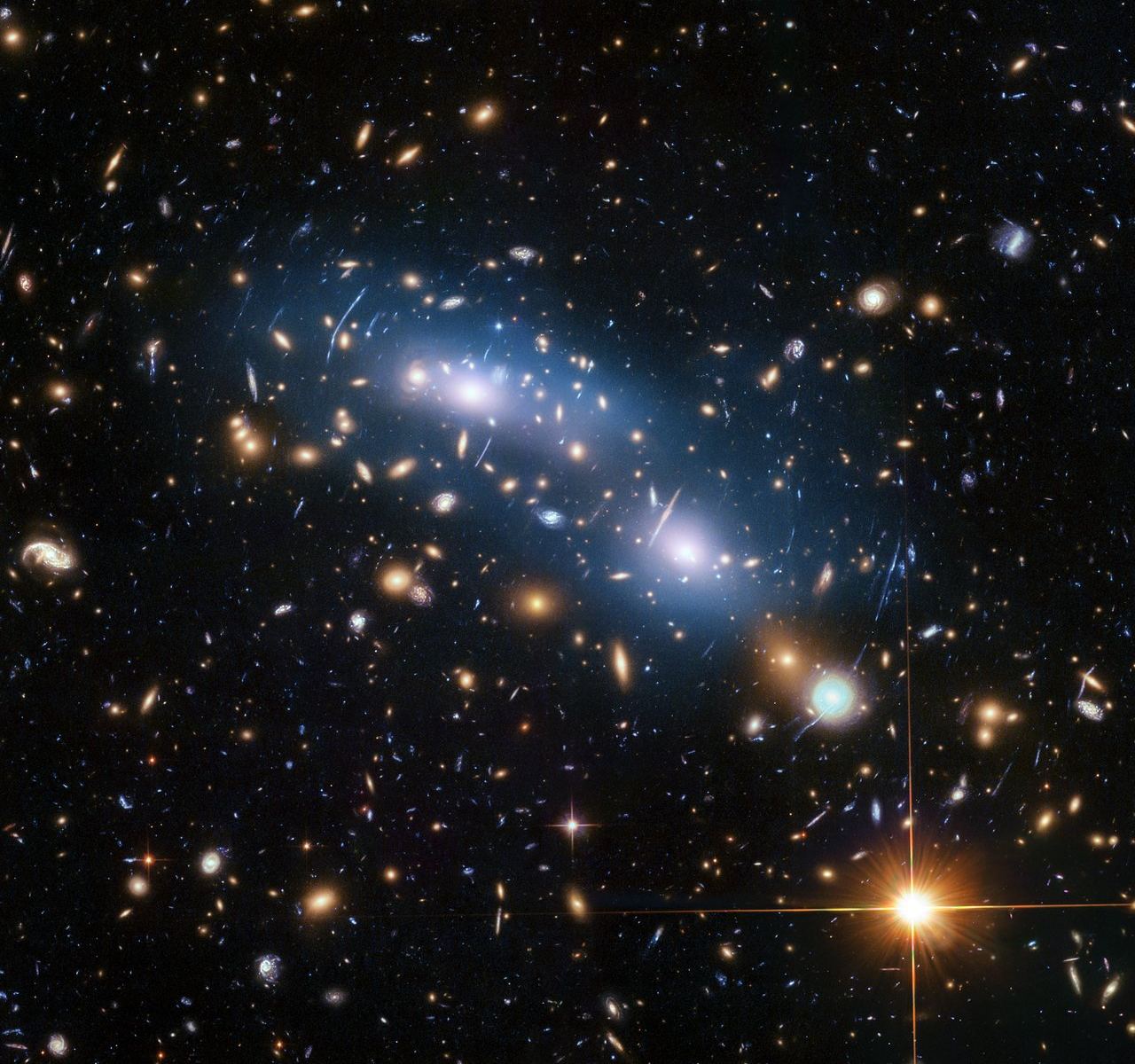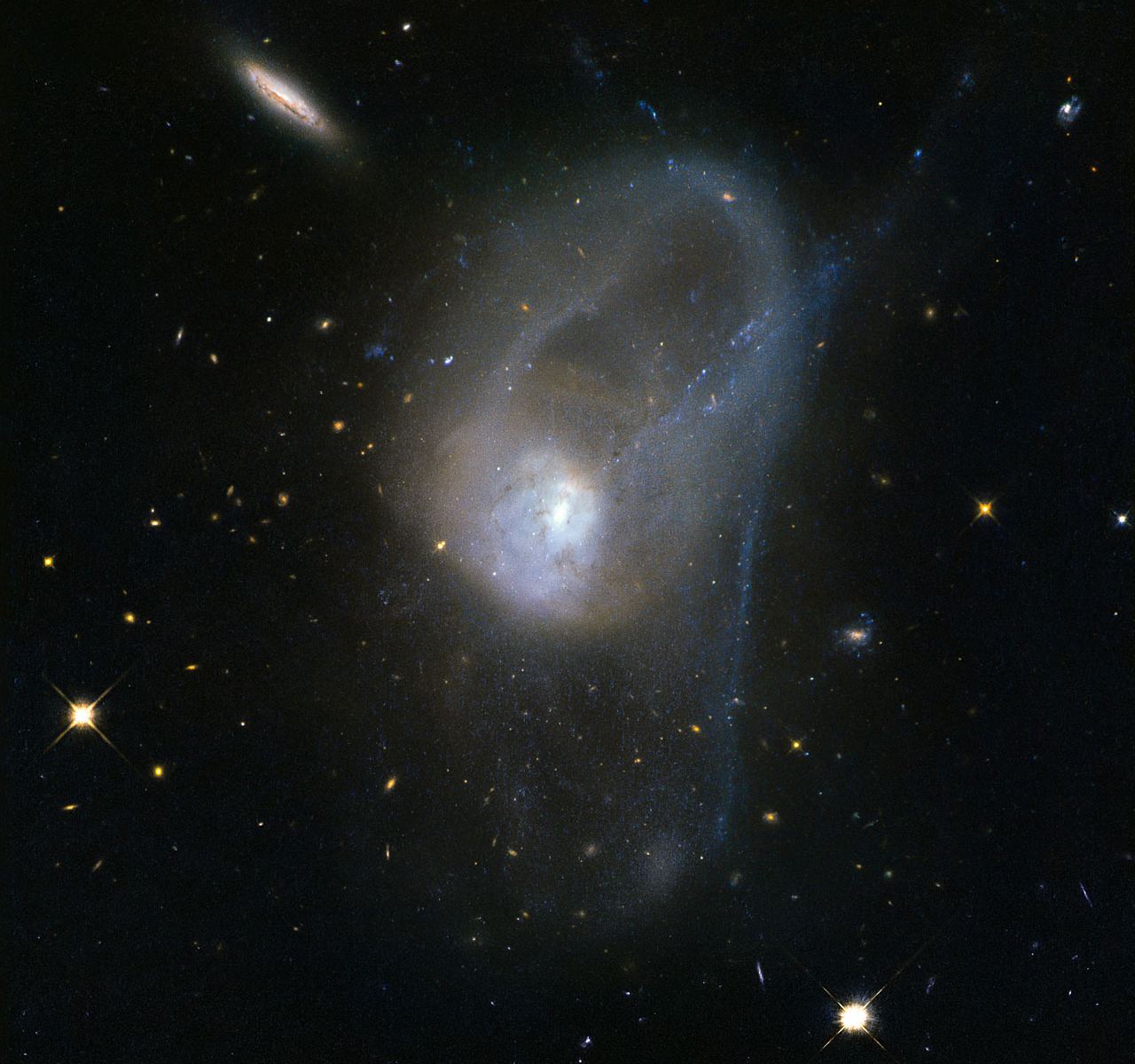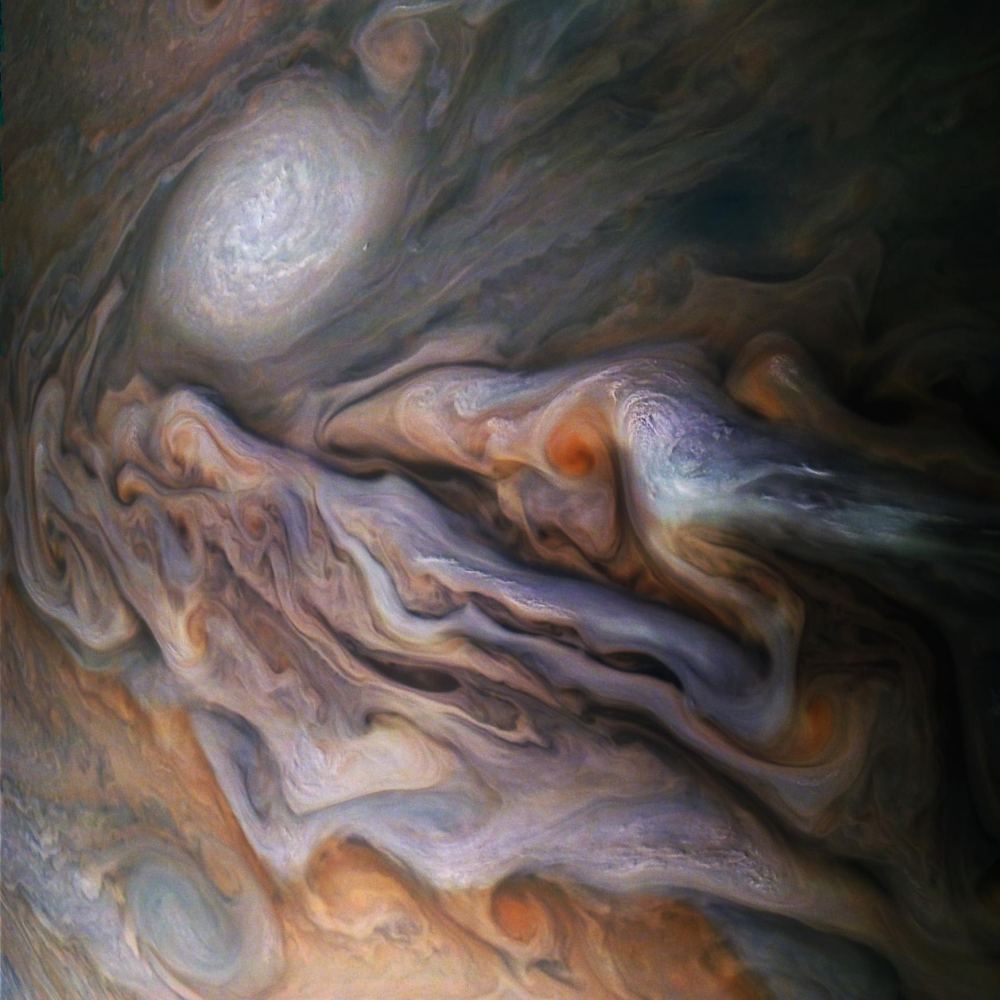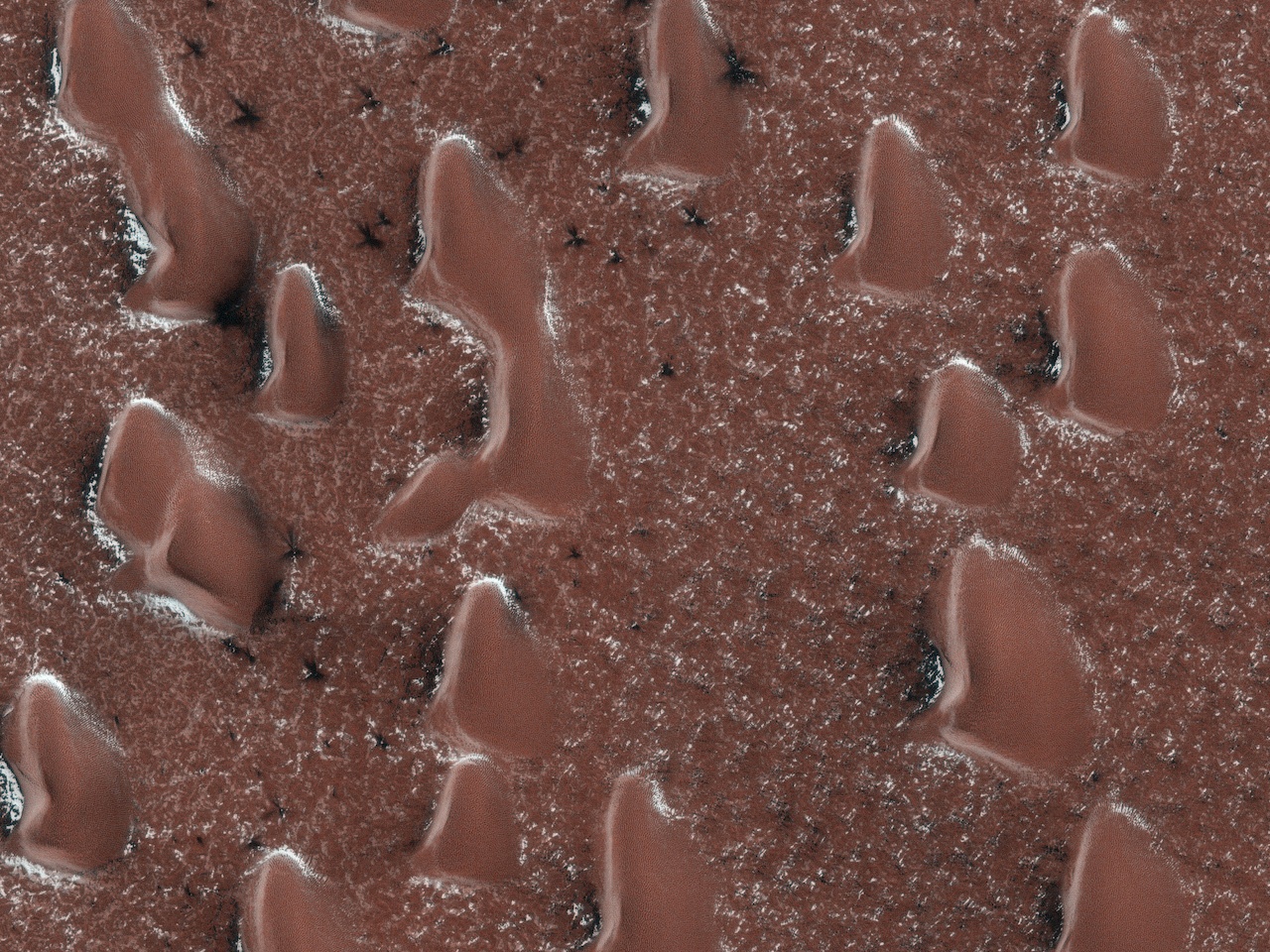Most of the matter of the universe is of a form unknown to physics. While we don’t know what the identity of the dark matter is, a new insight provided by quantum gravity is helping to drastically narrow down its mass.
Continue reading “Narrowing Down the Mass of Dark Matter”Narrowing Down the Mass of Dark Matter
